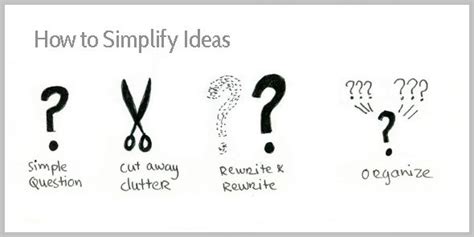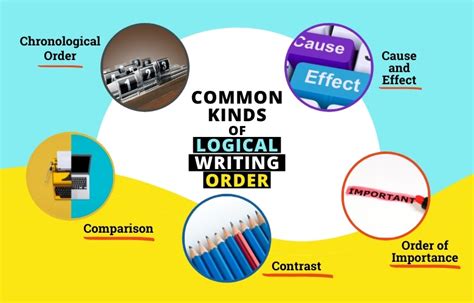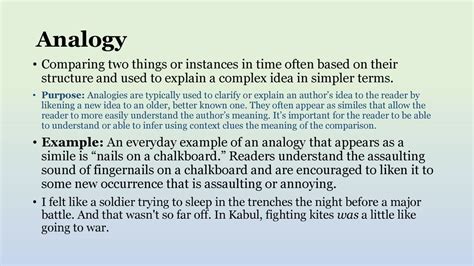The Imperative of Clarity in Communication
In a world increasingly saturated with information, the ability to articulate complex ideas with simplicity and clarity is not just a valuable skill—it’s an essential one. Whether you’re a writer, speaker, educator, or business professional, making intricate concepts accessible to your audience ensures your message is not only heard but truly understood and acted upon. The goal isn’t to dumb down the content, but to strip away unnecessary complexity, revealing the core essence without sacrificing depth.
This article will guide you through practical strategies to distill sophisticated thoughts into clear, engaging prose, fostering a style that informs and inspires rather than confuses.

Understand Your Audience First
Before you even begin to simplify, you must know who you’re talking to. What is their existing knowledge base? What are their interests? What do they hope to gain from your communication? Tailoring your language, examples, and level of detail to your specific audience is fundamental. Explaining quantum physics to a group of high school students requires a vastly different approach than explaining it to graduate-level physicists. Empathy for your reader or listener is your compass in navigating the simplification process.
Deconstruct and Distill Core Concepts
Complex ideas often feel overwhelming because they’re presented as a monolithic whole. Your first step is to break them down. Identify the main argument or central idea, then list the key components or supporting facts. Ask yourself: What is absolutely essential for my audience to understand? What details, while interesting, are non-critical and can be omitted or saved for another discussion? This process of deconstruction helps you differentiate between core information and peripheral data.
Once deconstructed, distill each component to its most basic form. Can you explain each part in a single sentence? If not, try again. This forces you to focus on the irreducible essence of the concept.

Embrace Plain Language and Active Voice
Jargon and overly academic language are common culprits in obfuscating ideas. Whenever possible, use simple, common words instead of complex ones. If a technical term is absolutely necessary, introduce it clearly and define it immediately. Avoid acronyms unless they are widely understood by your audience, or again, define them upon first use.
Similarly, favor active voice over passive voice. Active voice makes your sentences more direct, concise, and easier to understand. For example, instead of “The report was written by the committee,” say “The committee wrote the report.” This makes your writing more dynamic and clear.
Craft a Logical and Coherent Structure
Even simple words can get lost in a chaotic structure. A well-organized flow is paramount for clarity. Start with an outline. Present ideas in a logical sequence, building from foundational concepts to more complex ones. Use clear headings, subheadings, and bullet points to break up text and guide the reader through your thoughts. Ensure smooth transitions between paragraphs and sections, so your audience can follow your train of thought effortlessly.

Utilize Analogies, Metaphors, and Examples
One of the most powerful tools for simplifying complexity is relating new information to something already familiar. Analogies and metaphors create a bridge between the unknown and the known. For instance, explaining how the internet works by comparing it to a global postal system or a network of roads can make it immediately graspable. Concrete examples further solidify understanding; they ground abstract ideas in reality, making them tangible and relatable.
- Analogies: “The human brain is like a complex computer.”
- Metaphors: “Ideas are the currency of the modern age.”
- Examples: Illustrate a principle with a real-world scenario or hypothetical situation.

Refine Through Editing and Seek Feedback
The first draft is rarely the clearest. Dedicate time to self-editing, specifically looking for opportunities to simplify. Read your work aloud to catch awkward phrasing or overly long sentences. Can you cut words without losing meaning? Are there any sentences that can be combined or split? Look for redundancies and eliminate them.
Perhaps most importantly, seek feedback from someone who represents your target audience but is not an expert in the subject. If they can understand your explanation, you’re on the right track. Their questions and confusion will highlight areas where further simplification is needed. Constructive criticism is invaluable for achieving true clarity.

Conclusion: The Art of Accessible Communication
Simplifying complex ideas is an art form that requires deliberate practice and a keen awareness of your audience. It’s about respecting your reader’s time and intelligence by delivering information in the most digestible format possible. By breaking down concepts, using plain language, structuring your thoughts logically, and employing relatable tools like analogies, you transform potential confusion into clear comprehension.
Embrace these strategies, and you’ll not only enhance your communication style but also empower your audience with knowledge, making intricate subjects accessible and engaging for everyone.




